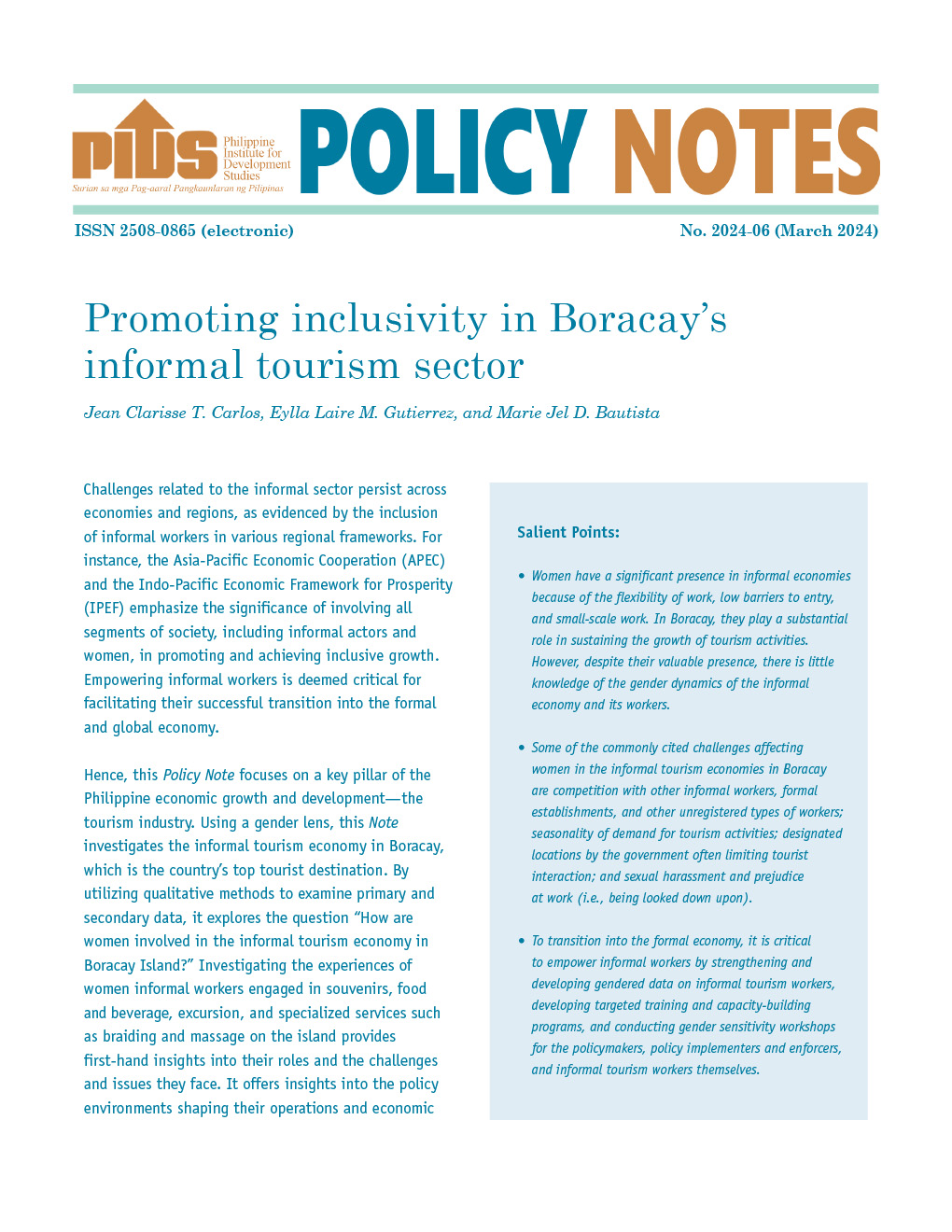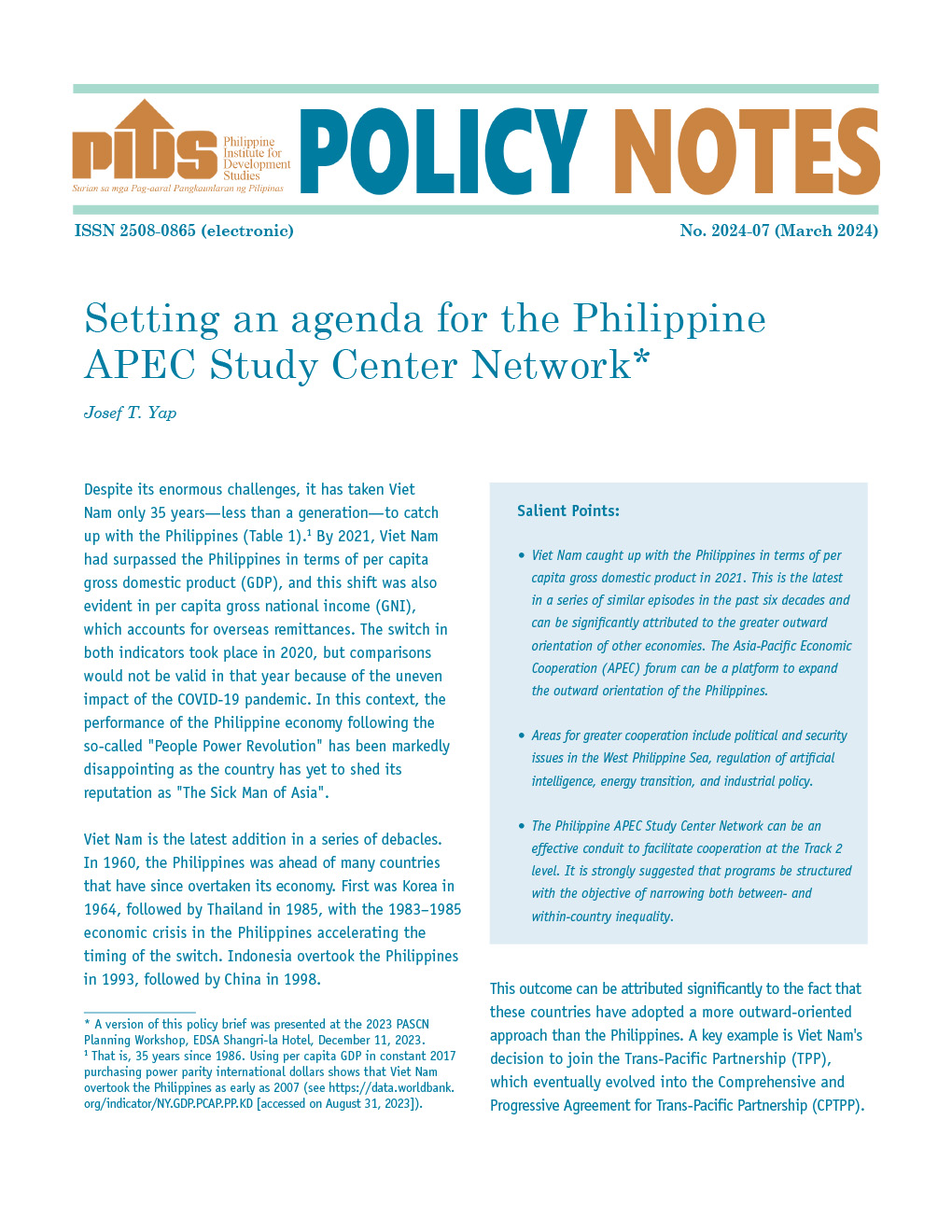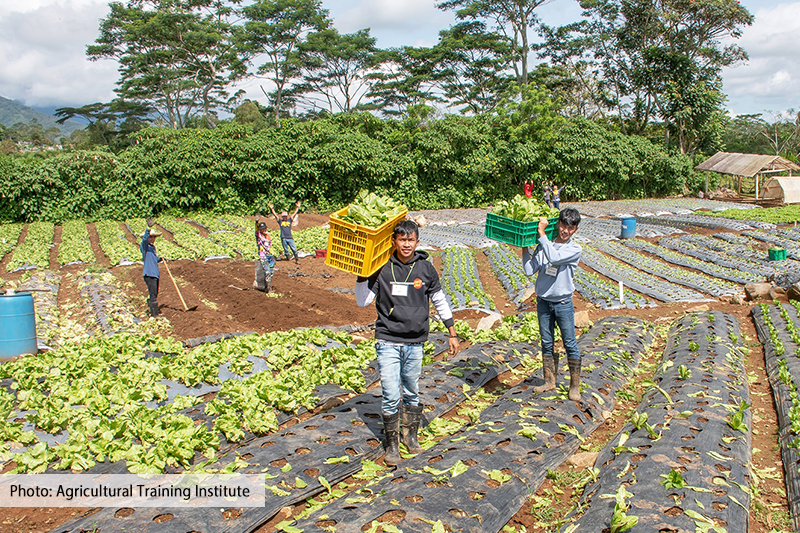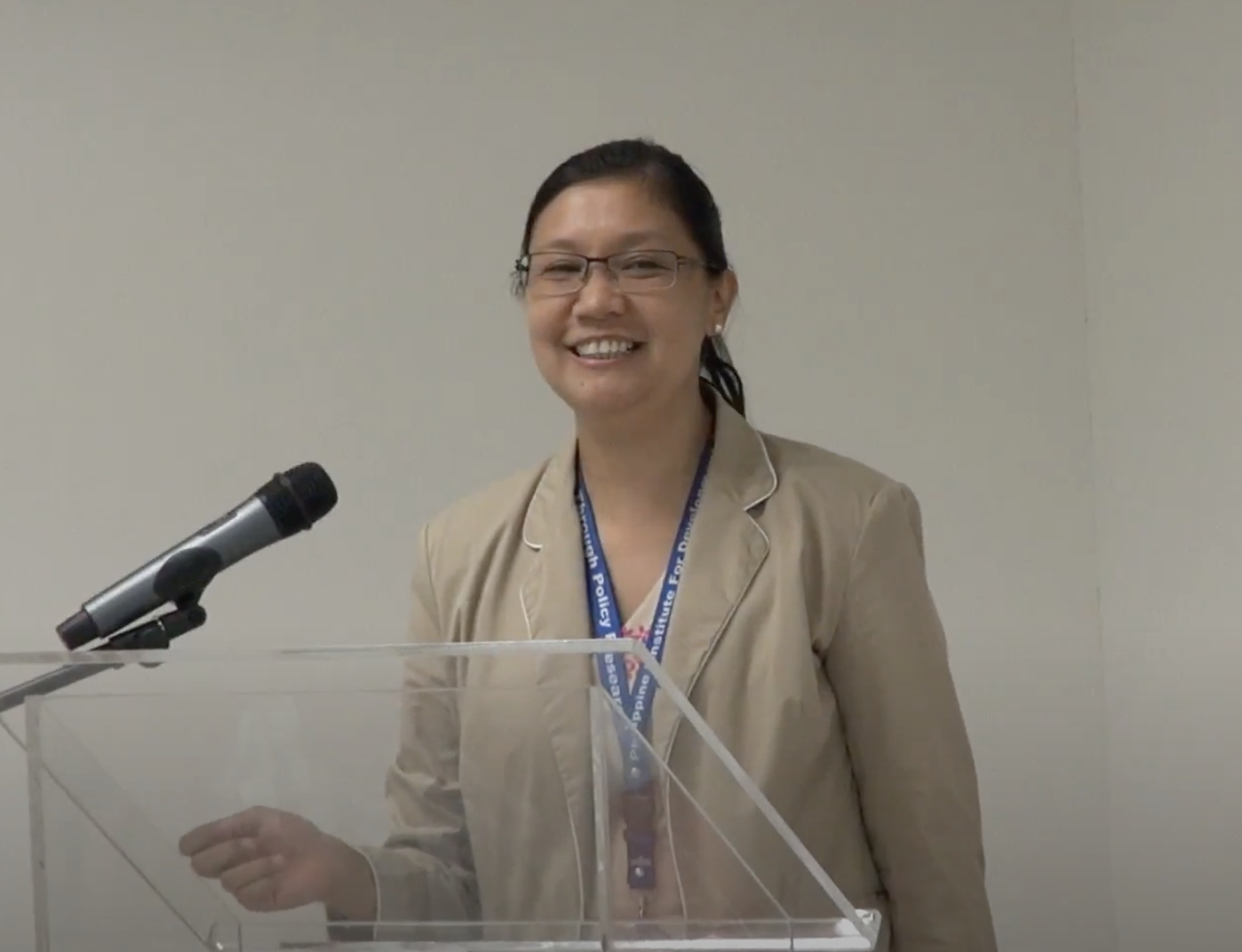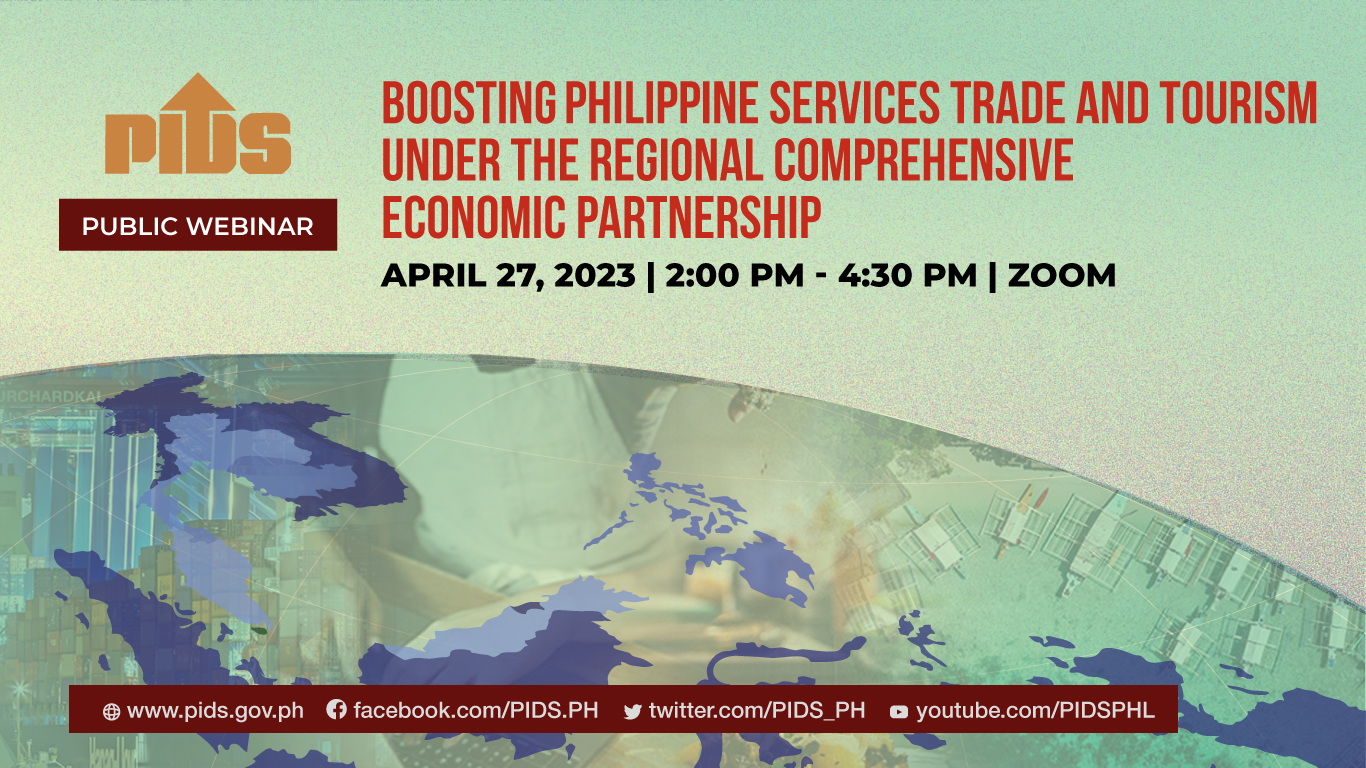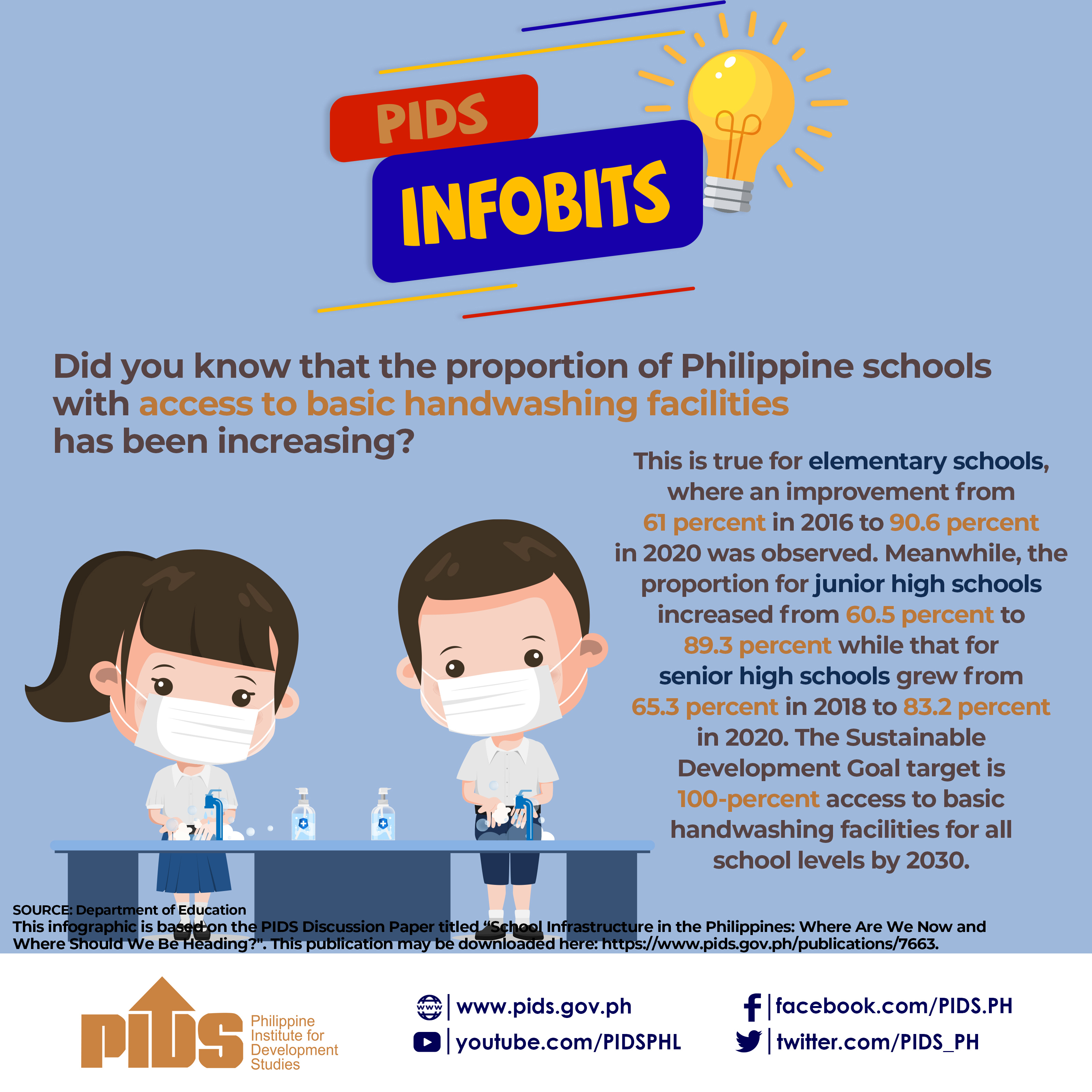TO BOOST the country’s footing in the medical tourism industry and stay competitive among Asean peers, a top medical professional said the government should fasttrack the development of better airport facilities and other tourism support infrastructure as well as maintain the country’s peace and order.
Dr. Victoria Belo, medical director of the Belo Medical Group, said the Philippines has the "best qualified medical professionals” who can perform various procedures.
"What we lack, though, is nice and better airport that welcomes these foreign clients,” said Belo.
The Belo Medical Group is the country’s first ambulatory surgical center outside hospitals that is certified by the Department of Health and the Department of Tourism.
Although the Filipino’s brand of hospitality has been the country’s competitive edge in attracting foreign tourists, the country should go beyond that.
"We need to fix our airports so tourists would feel the warmth of Filipino’s hospitality the moment they land in our country. (We should) also maintain the country’s peace and order so they will feel they are in a safe place,” said Belo.
Belo has been operating her clinic for 24 years.
She said past kidnapping and hostage-taking crises have negatively affected the country’s medical tourism industry. She cited her business as example, saying her foreign clients have gone down from 30 percent of total client base to 25 percent.
Her clinic’s top markets are Middle East, USA and Australia.
State-run think thank Philippine Institute for Development Studies (PIDS) underscored in a policy note that the Philippine medical tourism continues to get a miniscule share of the medical tourism market even if it offers better prices in surgical procedures than its Asian competitors.
According to the PIDS study, Philippines is among the top 15 medical tourism destinations in 2010. The country is ranked 11th on medical tourism, attractin 80,000 medical tourists but tailing behind Thailand (1st), Singapore (2nd) and Malaysia (5th).
Thailand
Thailand has the top position among medical tourism destinations, with a total of 1.2 million medical tourists in 2010. Other Asean countries have shown strong performances, with Singapore having 600,000 and Malaysia with 350,000 medical tourists in the same year.
To improve the country’s status, PIDS recommends the establishment of a coordinating body among offices and agencies involved in the medical tourism industry. A marketing campaign for the 21 premier hospitals included under the Philippine Medical Tourism Program (PMTP) must also be crafted and implemented.
Although the Long Stay Visitor Visa Extension (good for 36 months) has been introduced, PIDS urges local carriers to develop medical airline packages so that more tourists will be enticed to visit the country. Strong ties between hospitals and international health insurance companies will also build a responsive and transparent pricing of medical services.
Attractive websites should also be developed to promote medical tourism instead of relying on less enticing news items and blogs, according to the report. Medical facilities should also work toward international affiliations for quality assurance and vibrant medical campaign.
Belo said competition is tough and the country should upgrade its products and services, especially with the coming Asean integration next year.
"The integration should not be seen as a threat but opportunity,” she said. "In our case, we remain confident and excited because Asean integration will open more market opportunities such as making the entire Asean Belo-fied.”
Belo was in Cebu last Friday as one of the speakers during the 23rd Visayas Area Business Council held at the Oakridge Pavilion.
She announced that the Belo Medical Group will be expanding in Singapore and Jakarta, Indonesia. KOC

